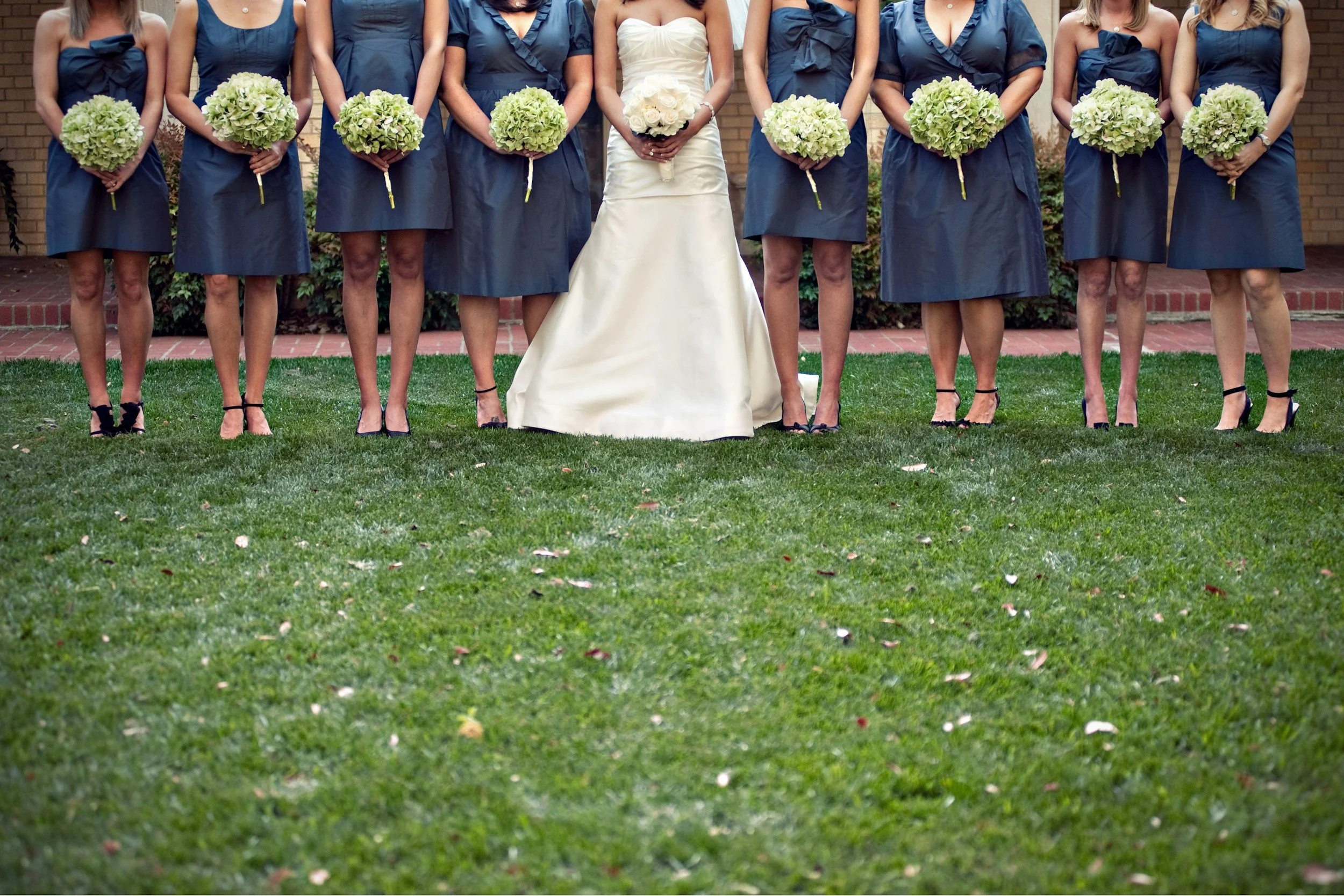Does Representation Matter?
Representation, equality, inclusion… No matter how you dress it up over the past few years, there has been an uptick in conversations about closing the gap between what we see – via TV, Social Media or otherwise – and the realities of the diverse world we live in.
This shift towards a more realistic portrayal of the world has helped pave the way for shows like Top Boy, I May Destroy You, Small Axe and even period dramas like Bridgeton, to provide a more 3D view of blackness throughout different points of history.
Whilst the appearance of black actors and people in entertainment is far from new, these shows – created and spearheaded by diverse writing and creative rooms – made with layered nuances of family dynamics and authentic commonalities, shone a harsh spotlight on the significant gap in true representation in the UK. We may still have a few too many bonnetless bedroom scenes – we’re looking at you Netflix – but be it more brown faces in supermarket Christmas adverts or non-white additions to the top 40 charts, the entertainment industry at large has slowly become a ‘proof of life’ fixture in discussions about progression for marginalised groups.
Although visual representation has become the cornerstone of progression, the impact of this form of representation off screen still remains widely underexplored. Aside from ‘seeing’ more black and brown faces on the ‘telly’ as many of us discovered in the weeks PBS (post ‘black squares’), there are no universal signposts that document the IRL viability of this form of progression.
In an effort to take a more drastic approach to the on and off-screen representation beyond fiction, last summer Channel 4 hosted Black To Front. A day of broadcasting filled with presenters and well-known faces from black media in the UK taking centre stage, in a never done before initiative. Since the special, Channel 4 has extended some of the programming. Yet, after watching the subsequent white lash of the Obama and Blair eras of the noughties and tens, it would be disingenuous to pretend that the day did not spark some apprehension.
Ultimately, and maybe even cynically the big question remains: Who actually benefits from this form of representation? Moreover, how useful is this representation for meaningful progress?
It is a question I ask myself almost daily as a contributor to the publishing and creative media world. Visual representation – bolstered up by social media’s democratisation of the creative industry – has undoubtably brought about a reckoning for brands that want to stay relevant and financially viable. Within spaces like the fashion industry, the importance and impact of representation remains undeniable. A reality that was made all the more potent by the news of Virgil Abloh’s recent passing.
Regardless of artistic differences, for years Black fashion lovers were able to look to Abloh and his achievements as a reminder to question the ridged boxes and elitism that dampen so much of this innovative industry. His passing served as a huge loss and was felt greatly across the industry.
More recently and more personally as a writer, this sharp loss of representation was felt after the passing of bell hooks, who’s death sparked an outpouring of gratitude and tributes. Tributes recognised bell hooks as a woman who served a seismic catalyst for black girls with big words in their hearts. The onslaught of thanks was further confirmation of the impact her visible representation in the creative space had on other black women regardless of external confirmation.
Despite the necessary impact of both these individuals, their legacies are a reminder of the immense burden and responsibility that visual representation holds.
To put it frankly, to be black (in the global north) often means any and all achievements at all levels – from interns and across industries – remains far from just the singular act of merely pursuing your dreams. Till this day, the burden of representation remains palpable and omnipresent. Seemingly one in one out policies, coupled with fears over becoming pigeonholed – destined to only be wheeled out during October – or after another unimaginable demonstration of weaponised racism, lay in the underbelly of so much of this form of progression. It’s a pressure cocktail that is uniquely served to young black creatives.
So now, perhaps even more critically, it seems that a road beyond representation is needed. An equity litmus test, a way to begin to gauge whether or not the pressure cooker that is the burden of representation has any true impact, is a way forward that I believe lies daily in the details.
Is there more compassion in our workplaces as weaponised racism claims another innocent life? After excitement over the inclusion of black haircare lines to drugstore rosters, are they fully stocked and accessible across the UK? Do we have boots on the ground when protesting the real threat that the new Nationality and Borders Bill poses or merely reposts of infographics?
Real change galvanised by representation lies in shifts within systems and institutions – a change that ultimately relies on much more than what we see on our screens.
Written by Ata-Owaji Victor
For me, falling in love with writing and the creative industry at large has been a gentle courtship – slow, heady and filled with emotional peaks and troughs - it's been my longest love affair and I hope that my work resonates with fellow readers! When I am not writing (or reading) I love to be out mostly in Soho, drinking in the sights and re -uping my social battery or quite ironically on the other side of the spectrum going out for on solo walks in my local green spaces.








